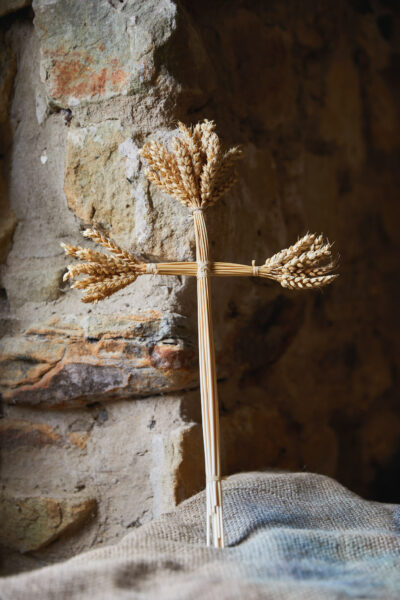Throughout history, people have used magical thinking to try to control nature. Each year, they ploughed their energy into attempts to control the harvest, including through ritual. Special ceremonies surrounding the last sheaf of corn are believed to date back thousands of years.
The Origins of Corn Dollies
Every year, it was customary to craft a corn dolly from the last sheaf of the harvest. This figure was kept indoors through the winter, often in the farm kitchen. At the start of the next planting season, the dolly would be symbolically returned to the fields. Originally, it was an act believed to ensure fertility for the future crops.
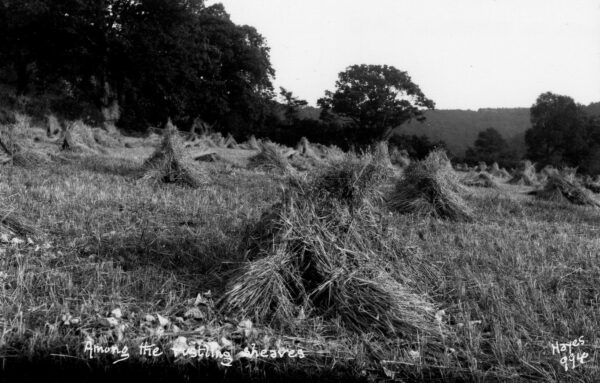
It is easy to understand why the people of the past went to such measures to attempt to influence nature. Nowadays, we have so many more ways to control food production through scientific means, including better weather prediction and much faster methods of harvesting in between bouts of rain. But our ancestors were entirely at the mercy of the whims of nature.
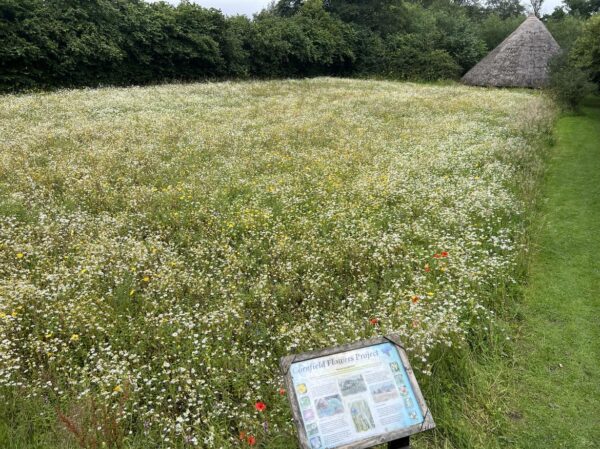
The traditional cornfield at Ryedale Folk Museum
The craft of corn dolly making
Over time, it’s clear that corn dollies evolved beyond their ritualistic origins into intricate decorative pieces. Creating a corn dolly requires skill and patience. There are dozens of examples of a range of designs within our collection.
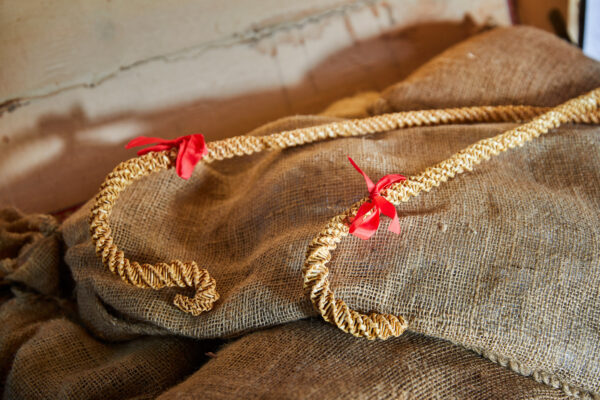
Today, the craft of making corn dollies survives due to the dedication of individual artisans committed to preserving this heritage. Many of the beautiful and elaborate corn dollies in our collection were created by Mrs Beeforth, who lived in the moorland village of Westerdale in the North York Moors.
Mrs Beeforth’s designs show spectacular skill, including this captivating and regal crown.
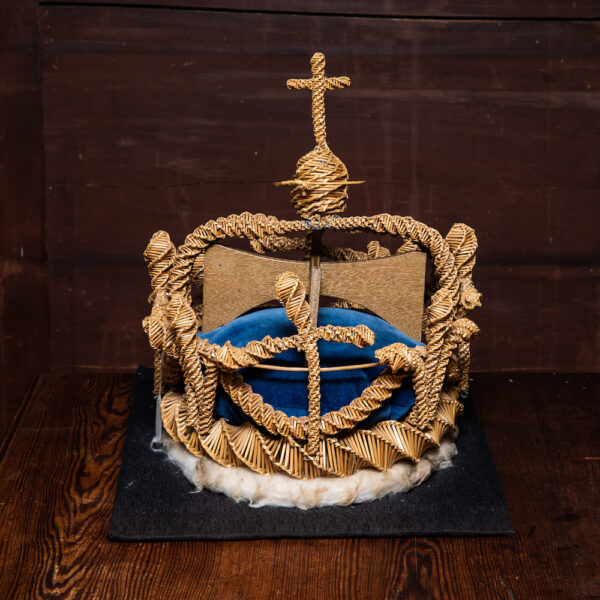
The Legacy of Corn Dollies
Once harvesting had become mechanised, the corn produced was no longer suitable for making dollies. Like many other rural crafts, corn-dolly making saw a revival in the 1960s and 1970s, although their original purpose had faded.
Today, corn dollies serve as fragile reminders of our agricultural heritage. Like many of the objects at Ryedale Folk Museum, they help us to create tangible links with the the beliefs and customs of the people of the past.
